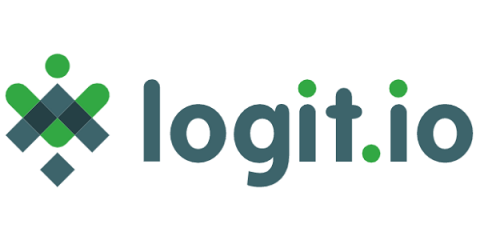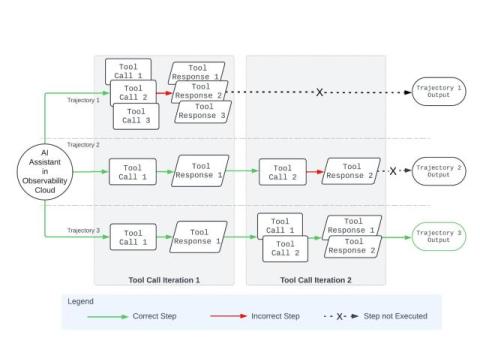Mastering Fortinet FortiGate Firewall Logs - Part 2 Optimization
FortiGate firewall logs are crucial for network security and compliance. These logs contain valuable information about network traffic, including source and destination IP addresses, ports, protocols, timestamps, and firewall actions. With FortiGate log volumes growing annually, many organizations face challenges in processing and storing these logs efficiently. In part 1 of this series, we covered an overview of Fortigate logs, and some of the challenges they pose for Security and DevOps teams.










